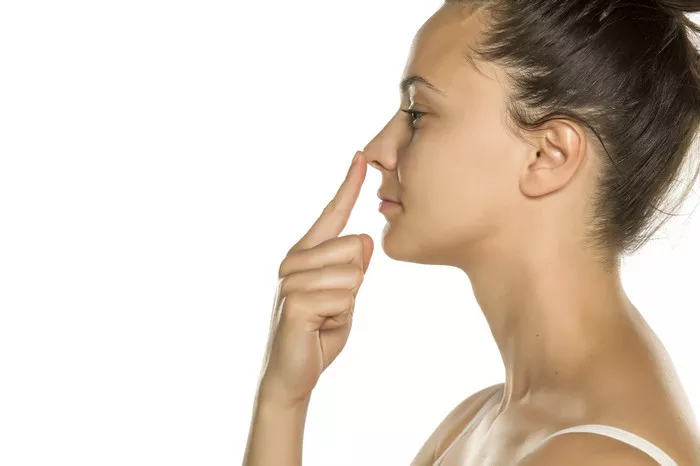Rhinoplasty, also known as nose surgery, is a popular cosmetic procedure that can improve the appearance and function of the nose. After rhinoplasty, it is common for patients to experience swelling and bruising, especially in the tip of the nose. In this article, we will discuss how long tip swelling lasts after rhinoplasty, as well as factors that can affect the duration of swelling.
What is Rhinoplasty?
Rhinoplasty is a surgical procedure that is performed to reshape the nose. It can be used to alter the size, shape, and position of the nose, as well as improve breathing function. Rhinoplasty can be performed for cosmetic reasons or to correct structural issues, such as a deviated septum.
What Causes Tip Swelling After Rhinoplasty?
Tip swelling after rhinoplasty is a common side effect of the procedure. It is caused by the accumulation of fluid and blood in the tissues of the nose. The swelling is usually most pronounced in the tip of the nose, where the skin is thinnest and the tissues are most delicate.
Factors That Affect Tip Swelling After Rhinoplasty
The duration and severity of tip swelling after rhinoplasty can vary from patient to patient. Several factors can affect the duration and severity of swelling, including:
Surgical technique: The surgical technique used during rhinoplasty can affect the amount of swelling that occurs after the procedure. Techniques that involve more extensive manipulation of the tissues, such as open rhinoplasty, may result in more swelling than techniques that are less invasive.
Type of anesthesia: The type of anesthesia used during rhinoplasty can also affect the amount of swelling that occurs after the procedure. General anesthesia can cause more swelling than local anesthesia.
Patient factors: Patient factors, such as age, overall health, and skin thickness, can also affect the duration and severity of swelling after rhinoplasty.
Post-operative care: Proper post-operative care, including rest, elevation of the head, and avoiding strenuous activity, can help to reduce swelling and promote healing.
How Long Does Tip Swelling Last After Rhinoplasty?
The duration of tip swelling after rhinoplasty can vary from patient to patient. In general, most of the swelling will subside within the first few weeks after the procedure. However, it can take several months for all of the swelling to completely resolve.
Here is a general timeline for tip swelling after rhinoplasty:
First week: The first week after rhinoplasty is when the swelling is typically at its peak. The tip of the nose may appear large and bulbous, and the skin may be tight and shiny.
Second week: By the second week, some of the swelling will have subsided, but the tip of the nose may still appear larger than before the procedure.
Third week: By the third week, most of the swelling will have subsided, but the tip of the nose may still be slightly swollen.
Fourth week: By the fourth week, the majority of the swelling will have subsided, but there may still be some residual swelling in the tip of the nose.
Months 2-6: Over the next several months, the remaining swelling in the tip of the nose will gradually subside. By six months post-op, the majority of the swelling should be gone.
It is important to note that every patient is different, and some patients may experience swelling for a longer period of time. In some cases, it can take up to a year for all of the swelling to completely resolve.
Tips for Reducing Tip Swelling After Rhinoplasty
There are several things that patients can do to help reduce tip swelling after rhinoplasty:
Rest: Resting and avoiding strenuous activity can help to reduce swelling and promote healing.
Elevate the head: Sleeping with the head elevated can help to reduce swelling in the nose.
Cold compresses: Applying cold compresses to the nose can help to reduce swelling and discomfort.
Avoid salt: Eating a diet low in salt can help to reduce swelling.
Follow post-operative care instructions: Following the post-operative care instructions provided by your surgeon can help to reduce swelling and promote healing.
When to Contact Your Surgeon
It is important to contact your surgeon if you experience any of the following symptoms after rhinoplasty:
Severe pain or discomfort
Excessive bleeding
Signs of infection, such as fever, redness, or pus
Difficulty breathing
Changes in vision or sensation in the nose or surrounding areas
Conclusion
Tip swelling after rhinoplasty is a common side effect of the procedure. The duration and severity of swelling can vary from patient to patient, but most of the swelling will subside within the first few weeks after the procedure. Proper post-operative care, including rest, elevation of the head, and avoiding strenuous activity, can help to reduce swelling and promote healing. If you experience any concerning symptoms after rhinoplasty, it is important to contact your surgeon.


